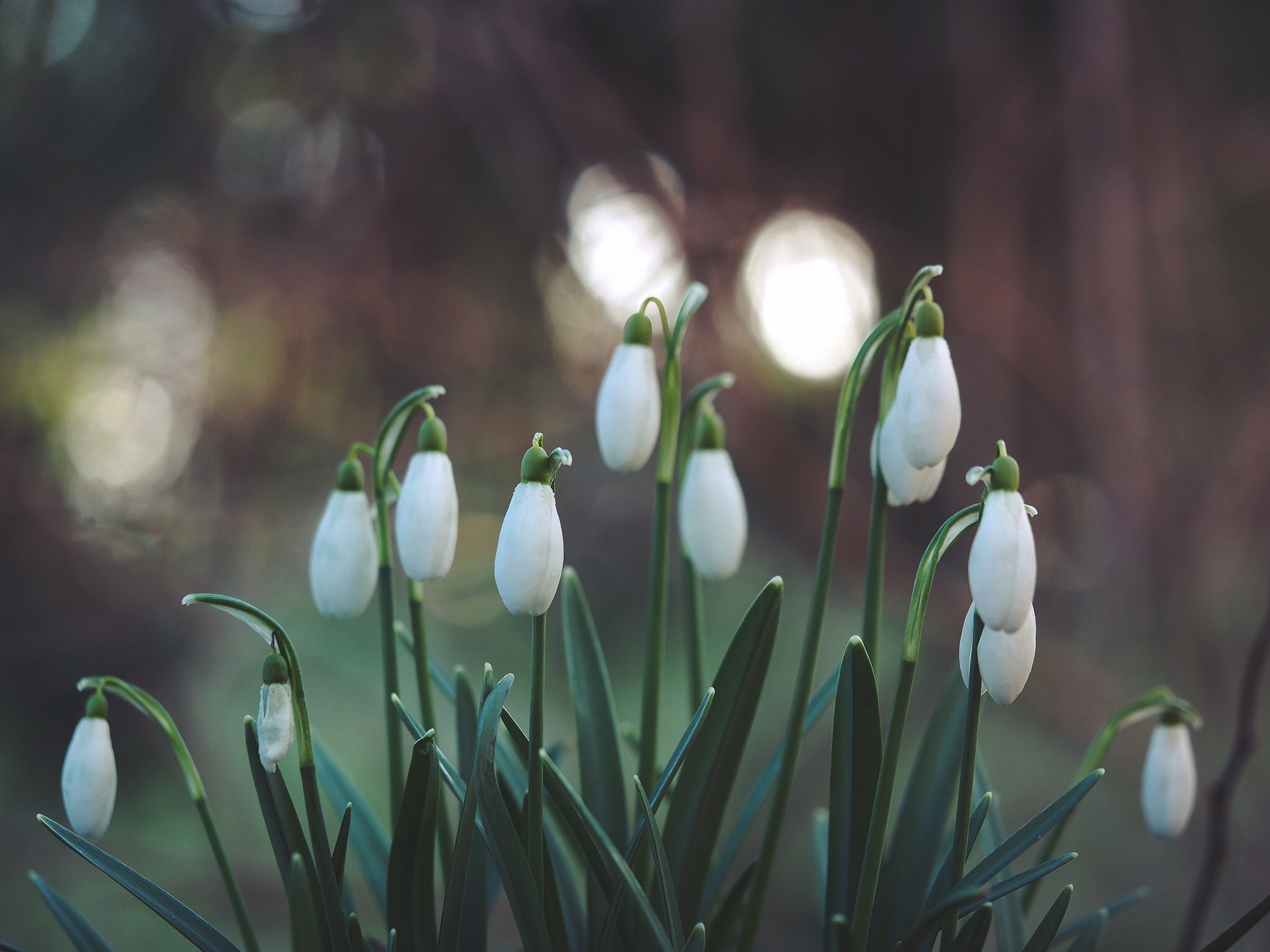Seasonal Distinctions
2018 saw Christmas butterflies and Boxing Day bumblebees. The Woodland Trust’s Nature’s Calendar project has received over 64 records of early spring activity that started in November 2018 – including insects that have been spotted active up to 5 months earlier than normal. The Creative Countryside Community has also noticed some changes in our ‘Mapping the Seasons’ project, documenting daffodil buds, emerging bluebells and some very active squirrels.
Mild weather seems to have temporarily disturbed insects from hibernation. A small tortoiseshell butterfly appeared flying outdoors on Christmas day in Merthyr Tydfil, and a red tailed bumblebee on Boxing Day in Somerset. The average date for small tortoiseshells is 14th April, and bumblebees 26th March – making both over three months early. Even earlier still, a red admiral was seen on the 17th December in Cambridgeshire; the average emergence date is 7th May, making it nearly five months ahead of schedule.
Members of the public have sent in many other signs that spring has sprung:
Flowering snowdrops were spotted in Southampton on 30th November – over a month earlier than expected – and there have been 24 records of this in total
There have been 23 Hazel flowering records, beginning 1st December. This usually happens in early March
A flowering oxeye daisy was seen in Gloucestershire on the 28th December, despite normally blooming from mid-April to early June.
Even birds have made an early appearance. The song thrush has been heard in eleven locations since the 5th December and is increasingly reported singing all winter, though expected mid-late March. Blue tits were also seen exploring a nesting box on 26th December, though the UK average date for nesting is 4th April.
Met office records for the UK report both November and December as mild, with average temperatures more than 1 °C above the 1981-2010 long-term average. However, with a potential cold snap on the way, more delicate species could suffer.
Dr Kate Lewthwaite, citizen science manager for the Woodland Trust said: “Once again - despite being in the throes of January - flora and fauna are reacting to milder climates, and spring seems to have sprung early. We were far from a white Christmas, with hazel flowers and snowdrops being spotted by our citizen scientists across the country.
“Data like this has continuously brought into question the way we think about the seasons, and to see spring in December no longer seems unusual. The more data we have, the better we will understand the effects of warm winters, cold snaps and heatwaves. In short, we need more Nature’s Calendar recorders.”
Nature’s Calendar is a continuation of seasonal recordings which date back to the 18th century. By recording the timings of natural phenomenon, thousands of people have enabled Nature’s Calendar to become the leading survey into how climate change is affecting UK plants and wildlife.
In 2018 an early spring was paused by the beast from the east, only for a summer heatwave to make berries ripen early and conkers shrink. Temperature research by the Met Office suggests that the growing season is extending by up to a month, and this is corroborated by Nature’s Calendar data; budburst is happening earlier and leaf fall later.
To become a Nature’s Calendar recorder, visit naturescalendar.woodlandtrust.org.uk. Or, to watch time lapse footage of trees throughout the seasons go here.

